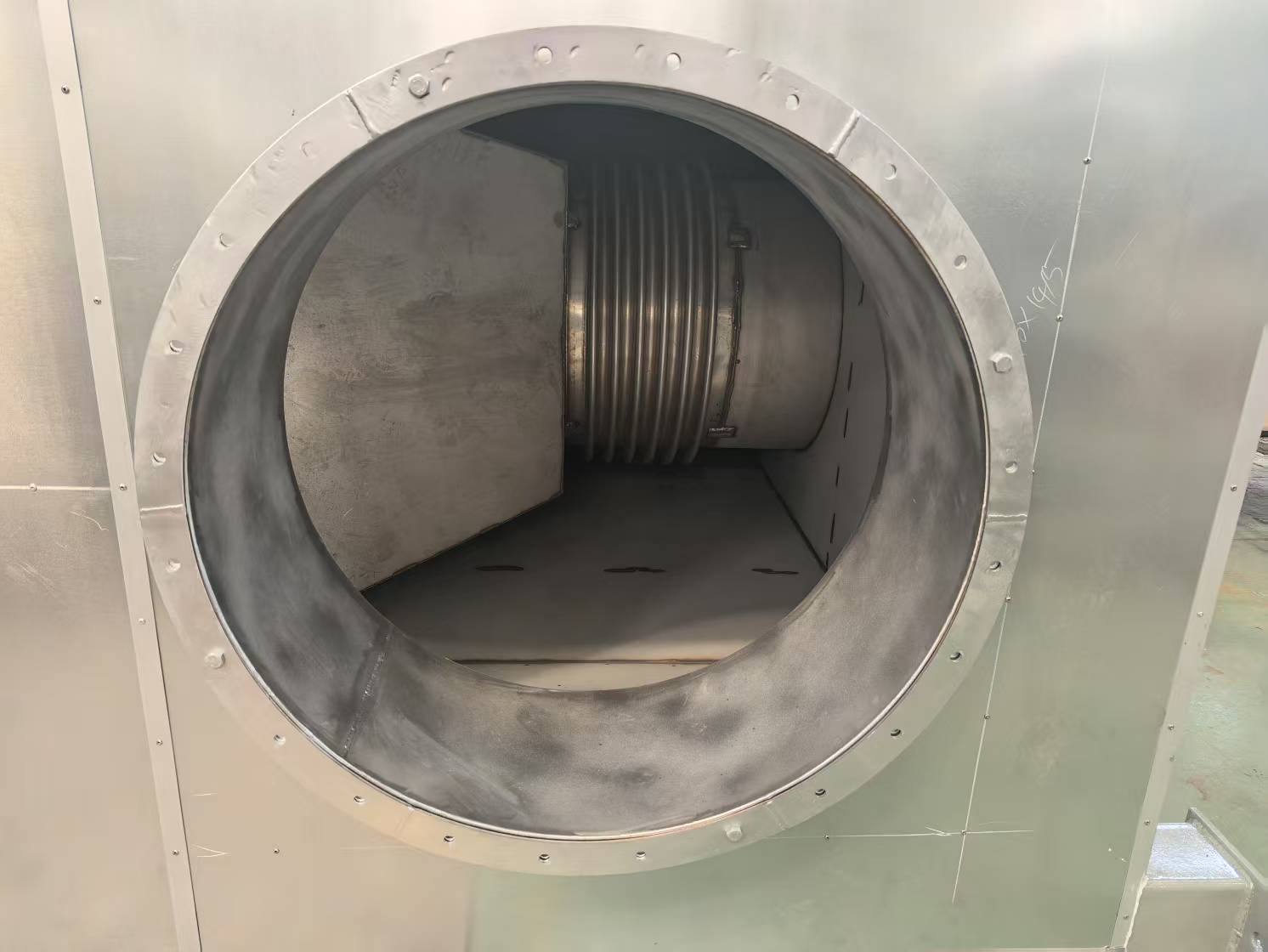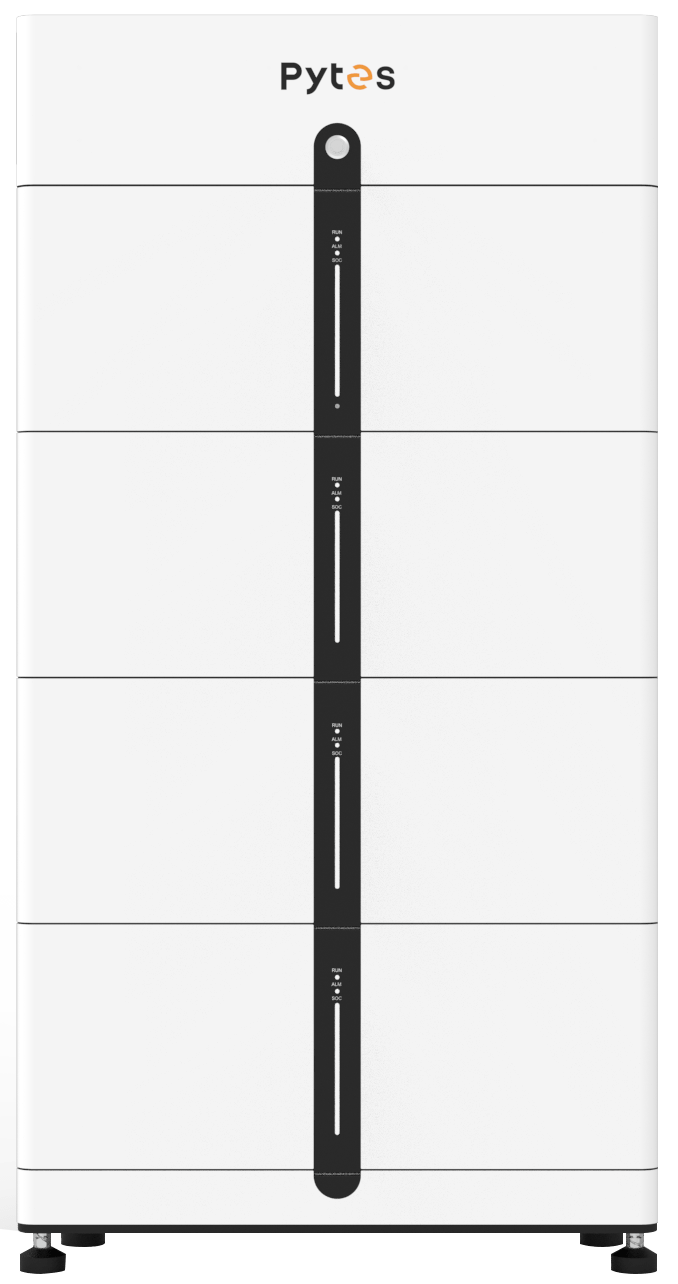Rising energy costs and stringent carbon regulations are pushing industries to optimize heat recovery. Studies show that 20%-30% of thermal energy in flue gas is wasted globally. As a leader in industrial heat recovery, Boqini specializes in advanced flue gas heat exchangers designed to convert waste heat into reusable energy. This guide explores their applications, energy-saving benefits, and science-backed selection strategies.
1. Flue Gas Heat Exchangers: Core of Industrial Heat Recovery
1.1 Working Principle & Value Proposition
A flue gas heat exchanger captures waste heat from boilers or furnaces, transferring it to water, air, or other media. This process reduces fuel consumption by 10%-20% and aligns with global decarbonization goals.
1.2 Key Applications & Installation
-
Installation Points: Post-air preheater, pre-dust collector, or pre-desulfurization tower.
-
Industries Served: Chemical, power generation, metallurgy, pulp & paper.
-
Extended Uses: Preheating combustion air, process water heating, steam generation.
2. Energy Savings: Quantifiable Benefits for Industries
2.1 Addressing Major Heat Loss Sources
Industrial boilers face energy losses primarily from:
-
Flue Gas Heat Loss (50%-70%): Direct emission of hot exhaust.
-
Incomplete Combustion Losses (10%-15%).
-
Radiation & Slag Losses (5%-10%).
2.2 Efficiency Metrics
-
Direct Savings: Recover 30%-50% of waste heat, cutting fuel use by 10%-20%.
-
Indirect Gains: Lower water consumption, extended equipment lifespan, and compliance with ISO 50001.
Tech Edge: Boqini corrugated plates and anti-corrosion fins enhance heat transfer by 40% vs. tubular designs, with 90% less condensation risk.
3. Selection Guide: Matching Solutions to Flue Gas Profiles
3.1 Temperature-Based Classification
|
Gas Type |
Temp. Range |
Challenges |
Bochini’s Solution |
|
Low-Temp |
<200°C |
Condensation & corrosion |
316L SS + Smart Temp Control |
|
Medium-Temp |
200°C-500°C |
Particulate clogging |
Ceramic-coated Plates + Self-Cleaning |
|
High-Temp |
>500°C |
Thermal expansion |
expansion joint+ CFD Design |
3.2 Critical Selection Parameters
-
Gas Composition: Sulfur content, particulate levels, dew point.
-
Thermal Analysis: U-value, pressure drop tolerance.
-
ROI Calculation: CAPEX vs. annual energy savings.
Conclusion: Powering Sustainable Industrial Growth
Flue gas heat exchangers are strategic assets for green manufacturing. With 6 years of expertise, Bochini delivers end-to-end solutions from design to maintenance. Contact our engineers today for a tailored heat recovery plan!
www.boqini-heatrecovery.com
Jiangsu Boqini Environmental Protection Technology Co., Ltd.



+ There are no comments
Add yours